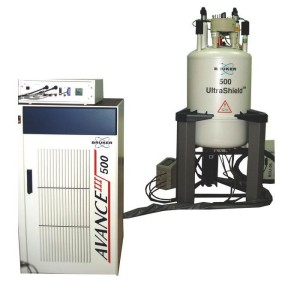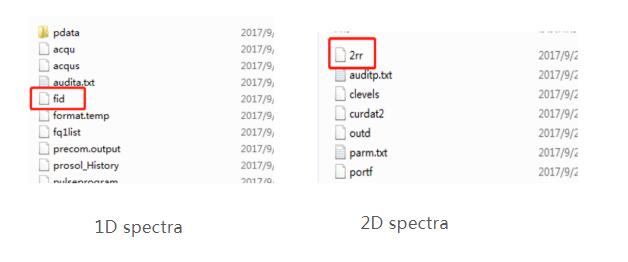
H spectrum for S$37 per sample
$37C spectrum for S$48 per sample
$48P spectrum for S$76 per sample
$76F spectrum for S$90 per sample
$902D spectra for $114 per sample
$114Testing Description
Nuclear magnetic resonance (NMR) spectroscopy is the study of molecules by recording the interaction of radiofrequency (Rf) electromagnetic radiations with the nuclei of molecules placed in a strong magnetic field.
It is a research technique that exploits the magnetic properties of certain atomic nuclei. The NMR spectroscopy determines the physical and chemical properties of atoms or molecules.
It relies on the phenomenon of nuclear magnetic resonance and provides detailed information about the structure, dynamics, reaction state, and chemical environment of molecules.
NMR Spectroscopy Applications
NMR spectroscopy is a Spectroscopy technique used by chemists and biochemists to investigate the properties of organic molecules, although it is applicable to any kind of sample that contains nuclei possessing spin.For example, the NMR can quantitatively analyze mixtures containing known compounds. NMR can either be used to match against spectral libraries or to infer the basic structure directly for unknown compounds.Once the basic structure is known, NMR can be used to determine molecular conformation in solutions as well as in studying physical properties at the molecular level such as conformational exchange, phase changes, solubility, and diffusion.
Sample requirements
(1) The sample must not contain magnetic substances, otherwise it will distort the magnetic field and reduce the resolution, and the liquid sample should be filled with a high liquid vial as much as possible.
(2) Sample solubility and test requirements
Whether the sample can dissolve well is the key to the test. General for small molecule samples (molecular weight less than 600), if testing carbon spectrum needs to reach the dissolution amount of more than 40 mg/ml, the sample amount provided during the test is greater than 25 mg; if testing carbon spectrum needs to reach more than 80 mg/ml of dissolution amount, the sample greater than 50 mg is provided during the test. If the sample volume is too small, it is necessary to inform in advance.
Examples
The general format and data processing are as follows (for reference only, the actual test shall prevail, and there will be differences between different instruments):
The test results give the original data, just use the mestrenova software to open the data in the red box in the picture.

FAQs




Resources